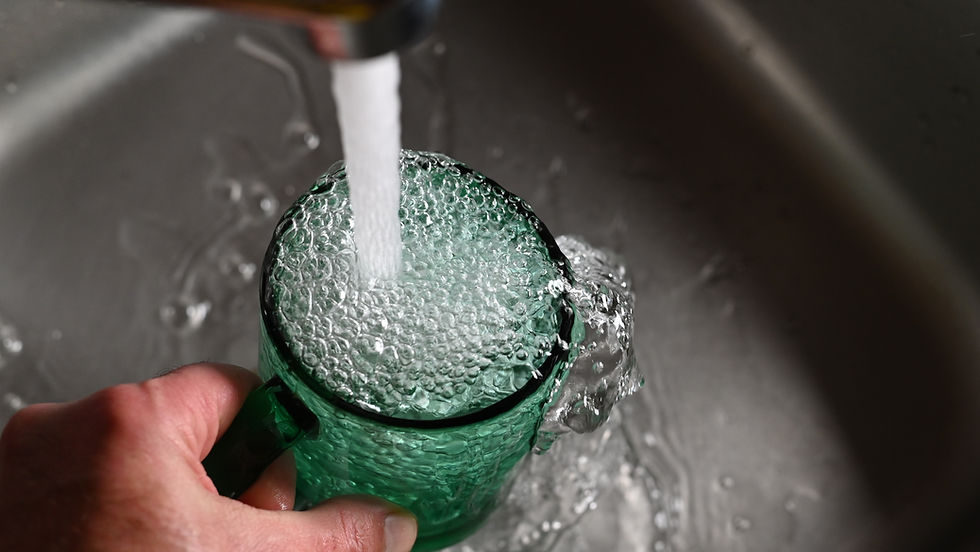Mastering Temperature Control: The Key to Coffee Excellence
- Simon from Home Barista Lab

- Jun 5
- 2 min read

Mastering Temperature Control: The Key to Coffee Excellence
When it comes to brewing great coffee, temperature often takes a back seat to grind size or brew ratio — but it shouldn’t. Mastering temperature control is one of the most underrated ways to improve clarity, balance, and consistency in your cup.
Why temperature matters
Water temperature affects how quickly compounds are extracted from the coffee. Hotter water pulls flavour out faster; cooler water slows everything down. Get it right, and you’ll bring out sweetness, balance, and nuance. Get it wrong, and you’re left with sourness, flatness, or bitterness — even if everything else is spot-on.
What’s the ideal range?
For most manual brewing methods, 90–96°C is the sweet spot. Lighter roasts tend to respond well to the higher end (94–96°C), helping to extract sweetness and acidity. Darker roasts, on the other hand, are more soluble and can easily over-extract at high temperatures — aim closer to 90–92°C. Maybe even 89°C if that works better.
Don’t pour boiling water
It’s a common mistake — straight from the boil into your coffee. But boiling water (100°C) can scorch your grounds, especially in pour-over or immersion brews, leading to harshness and dull flavour. Let your kettle sit for 30 seconds off the boil, or use a thermometer if you want precision.
Temperature and brew method
Different methods respond differently to heat. Pour-over needs stable water flow and temperature. Immersion methods like French press or AeroPress can handle slightly wider ranges but still benefit from consistency. Espresso is a game of degrees — even a 1°C change at the grouphead can shift the shot’s flavour noticeably.
How to improve control at home
You don’t need high-end gear. A basic thermometer can teach you a lot. Try timing how long your kettle takes to cool post-boil. Heat your mug and brewer beforehand to reduce temperature loss. If you’re serious about precision, a variable temperature kettle is a worthwhile upgrade.
Don’t forget drinking temperature
Flavour changes as coffee cools. Some notes only emerge below 60°C. Letting your cup rest a few minutes before drinking can reveal sweetness, clarity, or complexity that wasn’t obvious at first. A rushed sip often misses the best parts.
Final Pour
Temperature isn’t just a number — it’s a quiet variable that can either support or sabotage your brew. Once you start paying attention to it, you’ll notice your coffee tastes more balanced, more repeatable, and more intentional.
Want help building control into your daily routine? Join us for a Home Barista Workshop or Setup Consultation. We’ll show you how to master heat — and your brew.
Explore our workshops here, or drop us a message. We’re here to help.



Comments